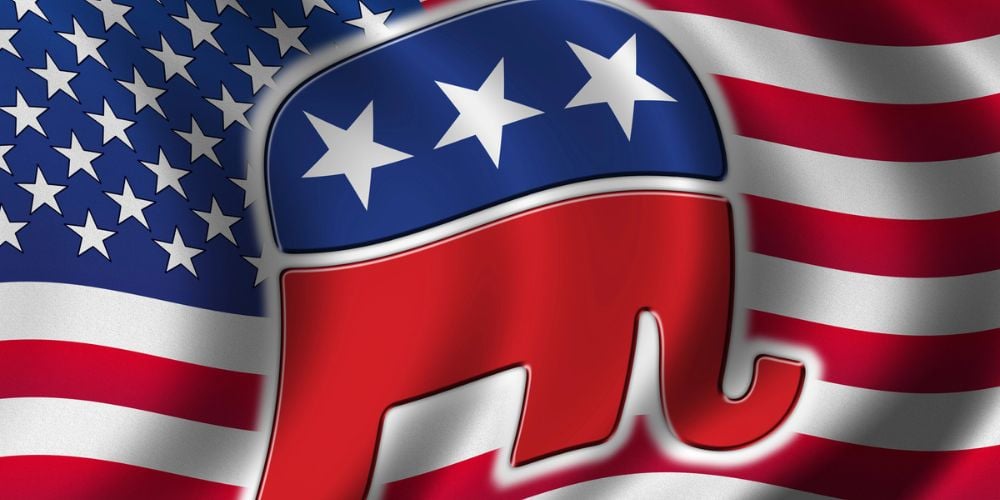The sentiment for secession is gaining traction in Alaska, with a recent poll revealing that over a third of the state’s residents are in favor of breaking away from the United States and establishing Alaska as an independent nation.
Alaska Leads Secession Sentiment

Alaskans emerge as the most supportive of secession, with 36 percent expressing a desire for the state to leave the Union, significantly surpassing the national average of 23 percent.
This sentiment reflects broader debates on the integrity of the U.S., particularly amidst heightened political polarization.
National Divisions Fuel Secession Talk

Amidst a backdrop of deep political divisions, the idea of a “national divorce” gained attention in 2023, proposed by House Republican Marjorie Taylor Greene.
This proposal envisioned a radical restructuring of federal power, amplifying discussions on state sovereignty.
Partisan Divide in Secession Views

The YouGov survey highlights stark partisan differences, with 29 percent of Republicans and 21 percent of Democrats expressing support for state secession.
Such disparities underscore the broader ideological chasm shaping American politics.
Regional Variation in Support

Following Alaska, Texas emerges as the next state with significant secession sentiment, with 31 percent of residents favoring independence.
California, New York, and Oklahoma also register notable proportions of residents backing secession.
Alaskan Independence Party

The Alaskan Independence Party (AIP), established in the 1970s, advocates for a referendum on Alaska’s independence.
While it gained electoral traction in the 1994 gubernatorial election, its influence waned in subsequent years.
Policy Stances and Ideals

In addition to independence, the AIP espouses positions on various issues, including tax abolition and opposition to abortion.
These policy stances underscore the broader ideological framework of the secessionist movement.
Secessionist Trends Beyond Alaska

The secessionist fervor extends beyond Alaska, with Texas and New Hampshire witnessing similar movements.
In Texas, 23 percent of respondents expressed support for independence in a recent survey, while New Hampshire lawmakers introduced secession-related legislation.
Growing Frustration Fuels Movement

Carla Gericke, acting president of the Foundation for New Hampshire Independence, identifies mounting frustration across the political spectrum as a driving force behind the secessionist movement.
This sentiment reflects broader disillusionment with the status quo.
Conclusion

As secessionist sentiments gain momentum across various states, the debate over state sovereignty and independence intensifies.
While rooted in historical and ideological underpinnings, these movements reflect contemporary political dynamics and growing discontent with the federal government.
Read More From The Stock Dork



 Tags:
Tags:










